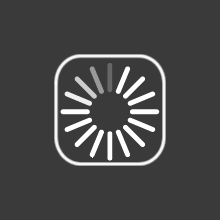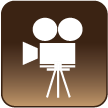Transcript
One of the important aspects of reading for students in first and second grade is being able to access books that they are able to read to practise their reading skills in an independent way. So, what I have done is taken the books that were in my classroom collection when I arrived here and I've created browsing bins that are roughly levelled. They're not specifically levelled like a professional system would be; I've levelled them myself to create browsing bins that reflect the range of reading levels that are in my classroom.
When I started at the beginning of the year I had some assessment data from the previous year that gave me a sense of what kind of a range I was looking at. I had hundreds of books, I've been very fortunate in that way, but none of the books were levelled, as most books in classrooms are not, and what I've done is I've levelled them myself.
When I'm coming to level my books I take a look at my student reading assessment data so that I already have a sense of the range in my classroom and then I look at the books and I have a very systemic way of approaching it. I look at the book that Im considering, I consider the amount of text in the book, the size of the text, how much text is on each page, how it's laid out, the complexity of the story or the non-fiction text, and the ideas in it and how they might appeal to or not appeal to or be too difficult for the students in my class. And I consider all of those things, as well as the vocabulary, in the text. After all of that I do a very gut level, easy, medium, hard; I sort all of the books into those three piles, and then I go to each one of those piles and I look at the easy books, and again, keeping in mind all of those things I mentioned as well as the range of abilities in the classroom, I sort them again. That easy pile becomes three piles, easy, medium, hard. I do that with the medium and the hard pile, and what I'm left with at the end of that are nine piles of generally levelled books. They'll all rotate around a specific kind of reading ability, but not be exact.
I then take a look at published or conventional or board reading assessments that would give me a formal level, and I do my best to match those levels with the range of the books that I have levelled myself. And that gives me a really good sense of how those books would relate to the reading levels and abilities in my own classroom.
I then set the books up in level bins and I give each bin a number. As the teacher I know that those numbers reflect the levels, but I don't share the levels with students, I just share the bins with students. And I assign each student to a range of bins. It isn't just one, it might be telling a particular student you can read from any bin with the number two, three, or four, and other students could read from five and six. And this gives me, particularly at the start of the year, a very good starting point for students during independent reading where I know that they can go to a bin and find a book that both appeals to them and is at their independent reading level.
I think this prevents a lot of problems from happening, where students get turned off by reading or during independent reading are running to the bathroom, or trying to find something else to do because they're able to read the books that are in the bin.













